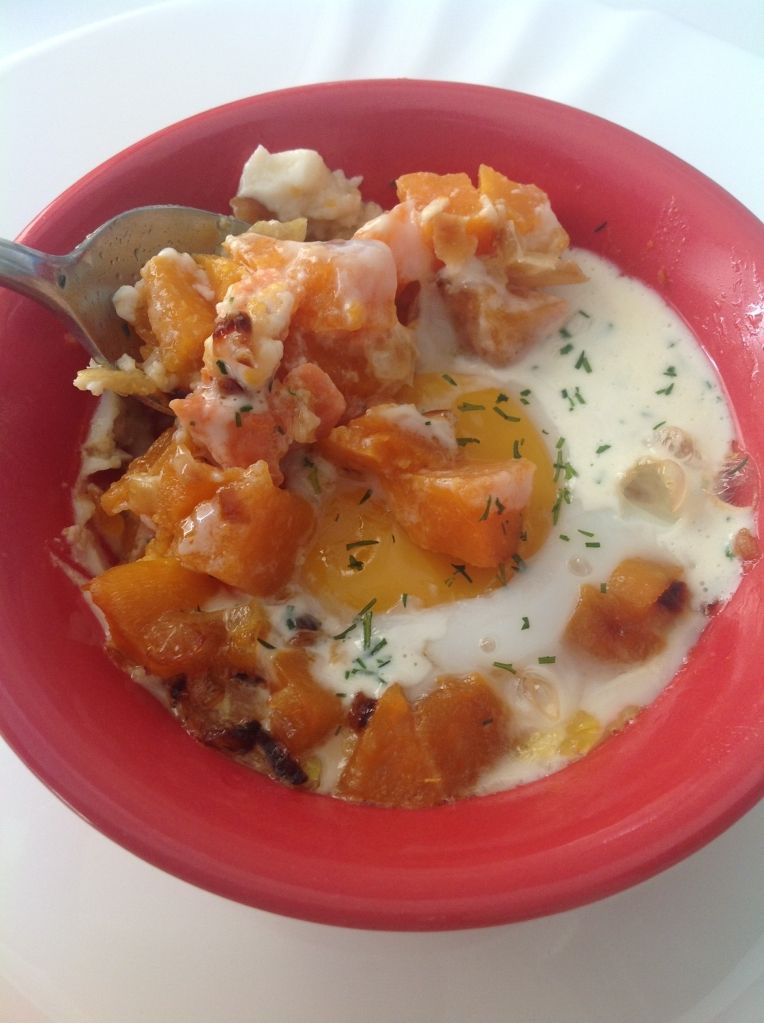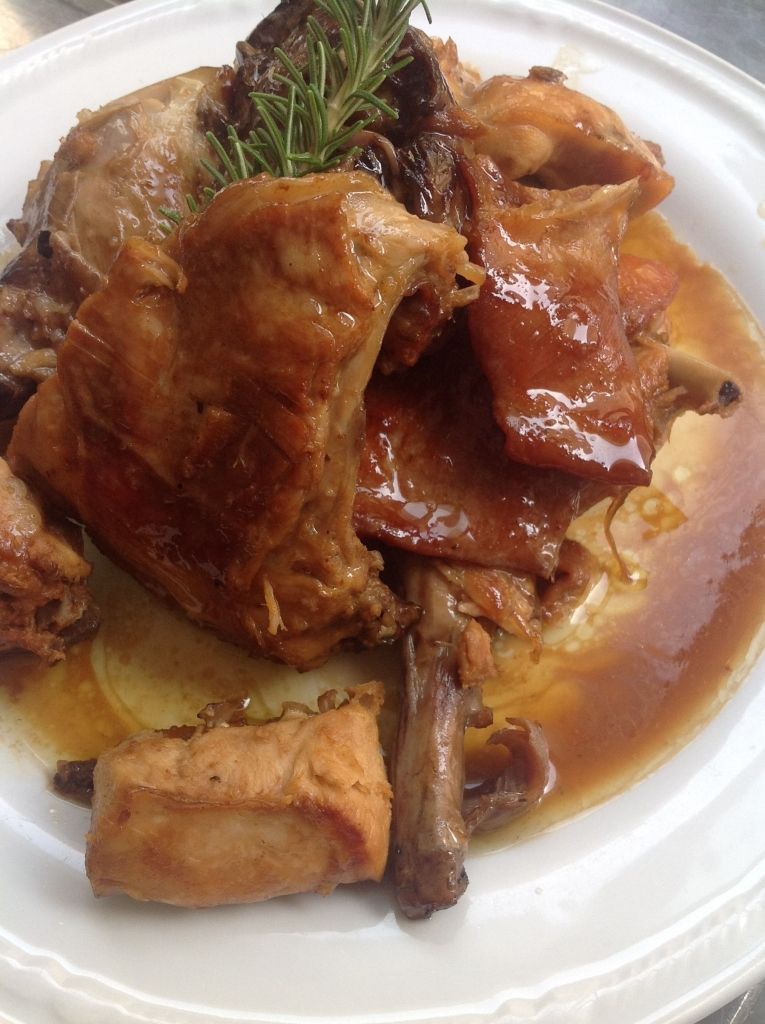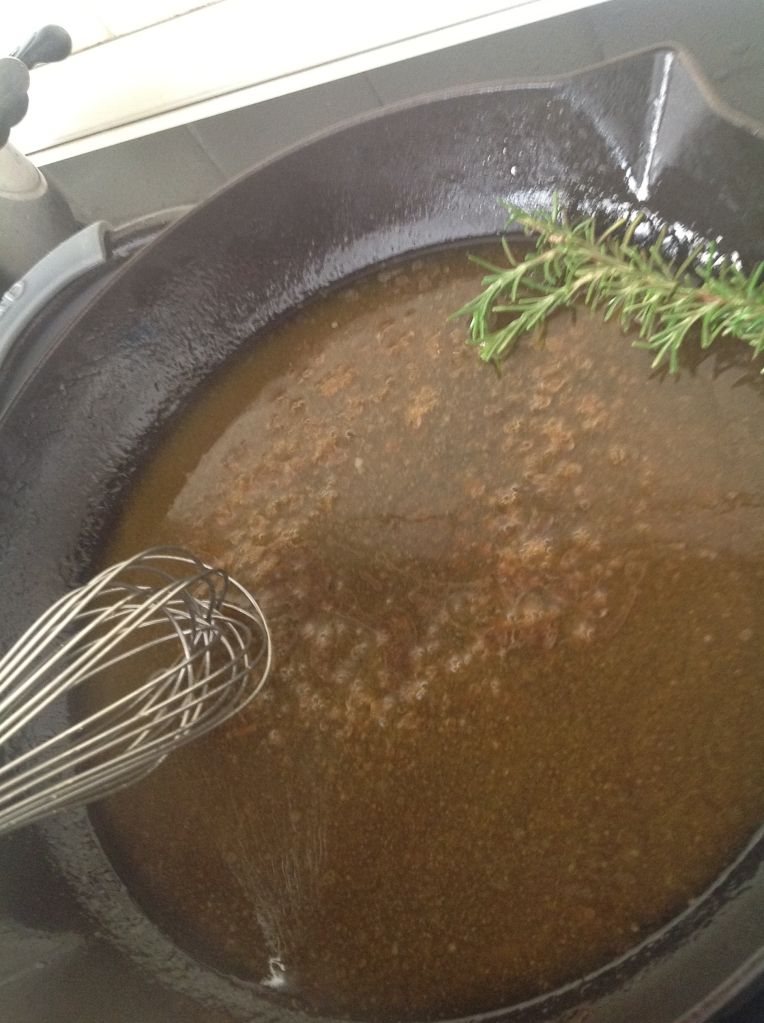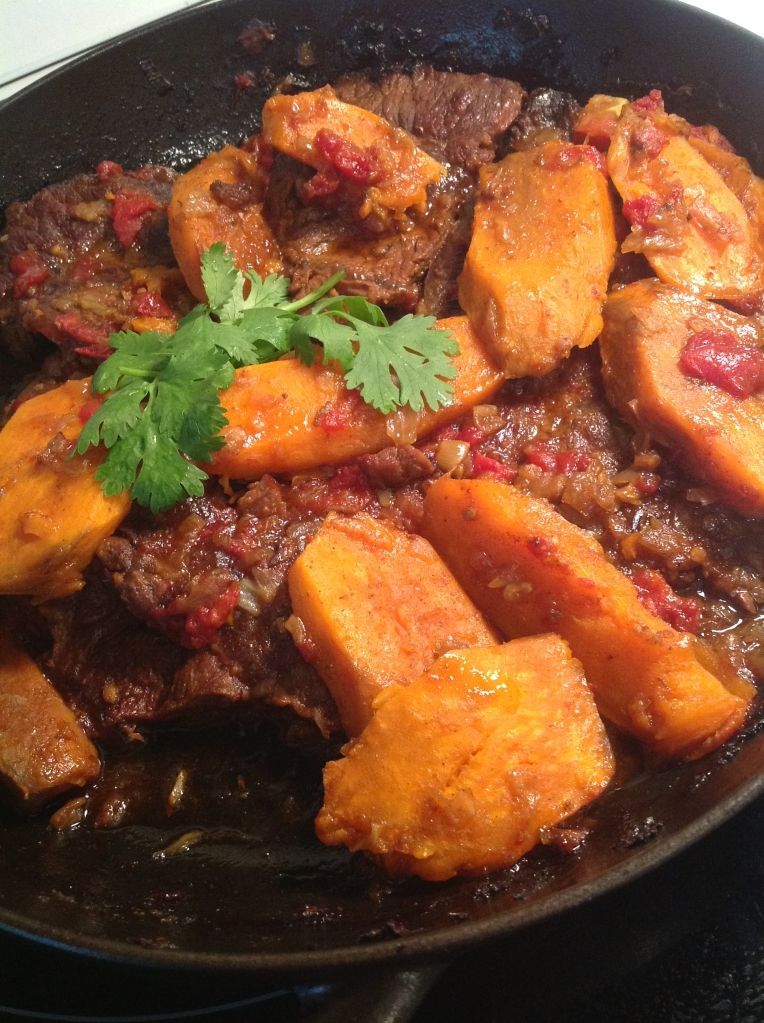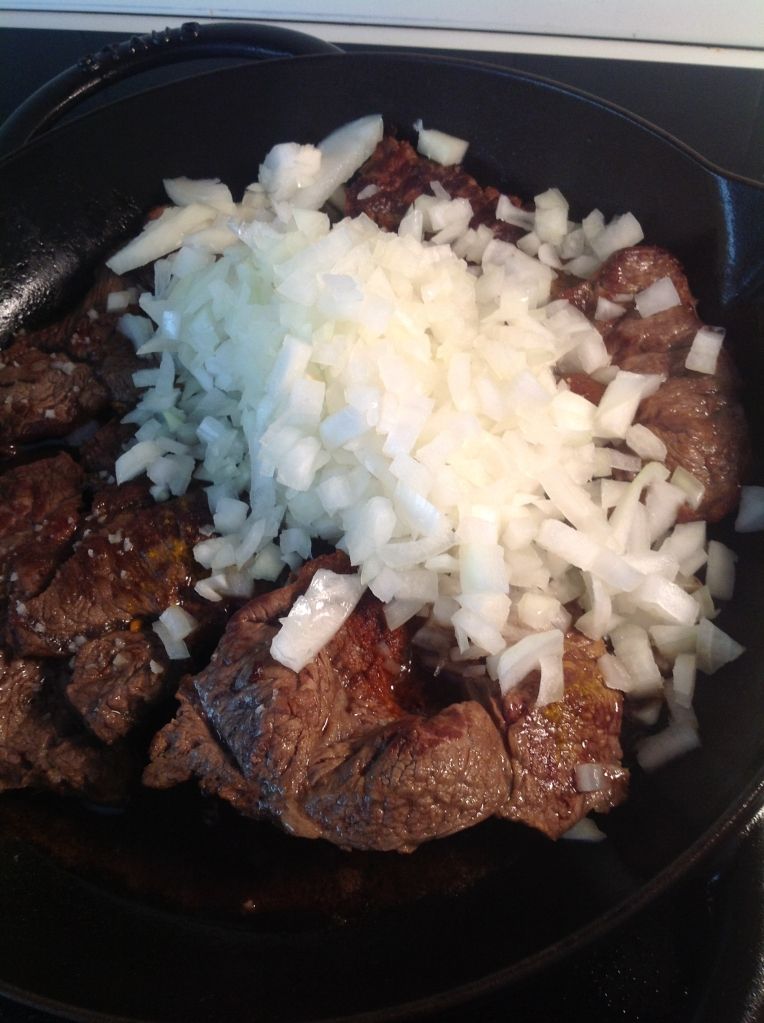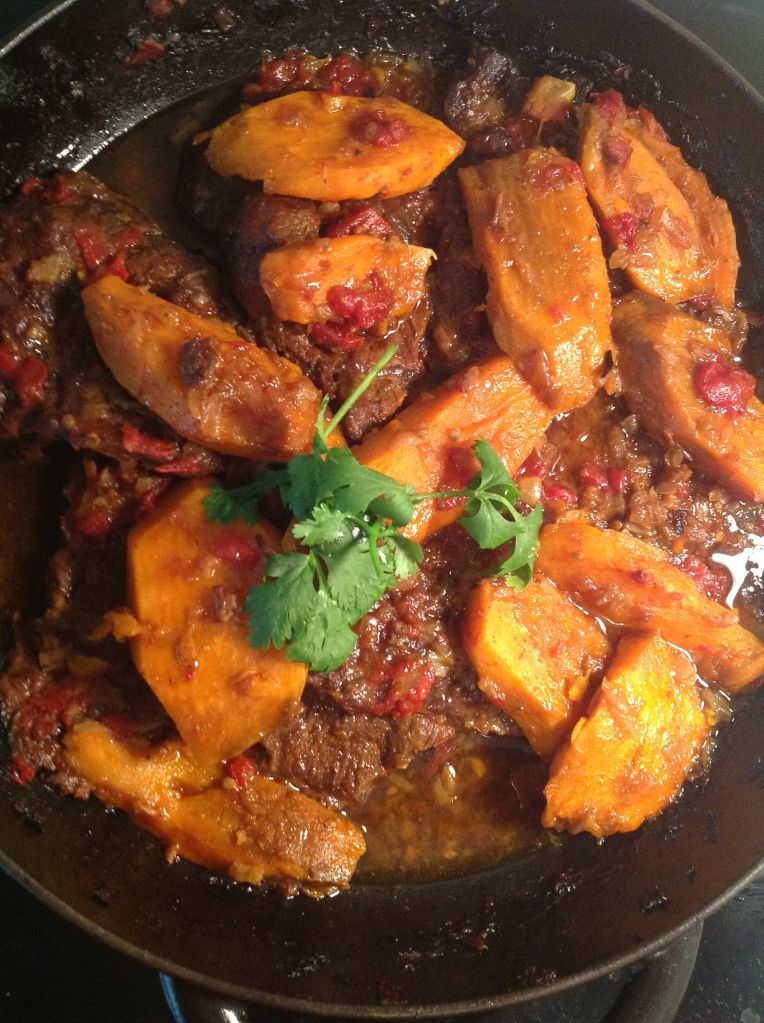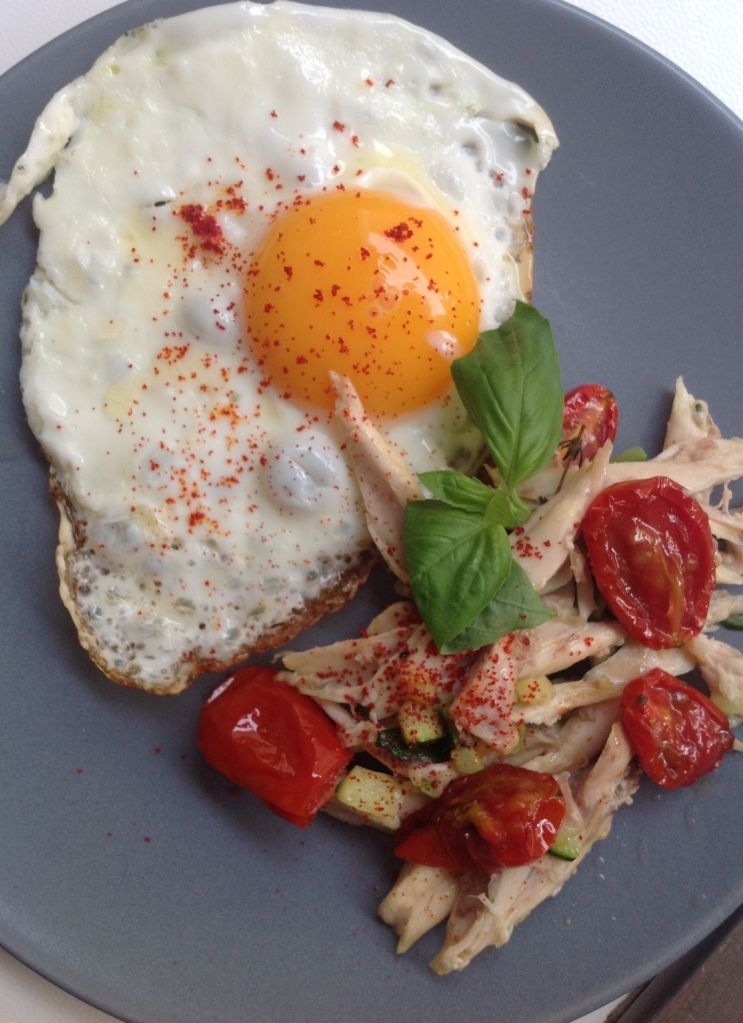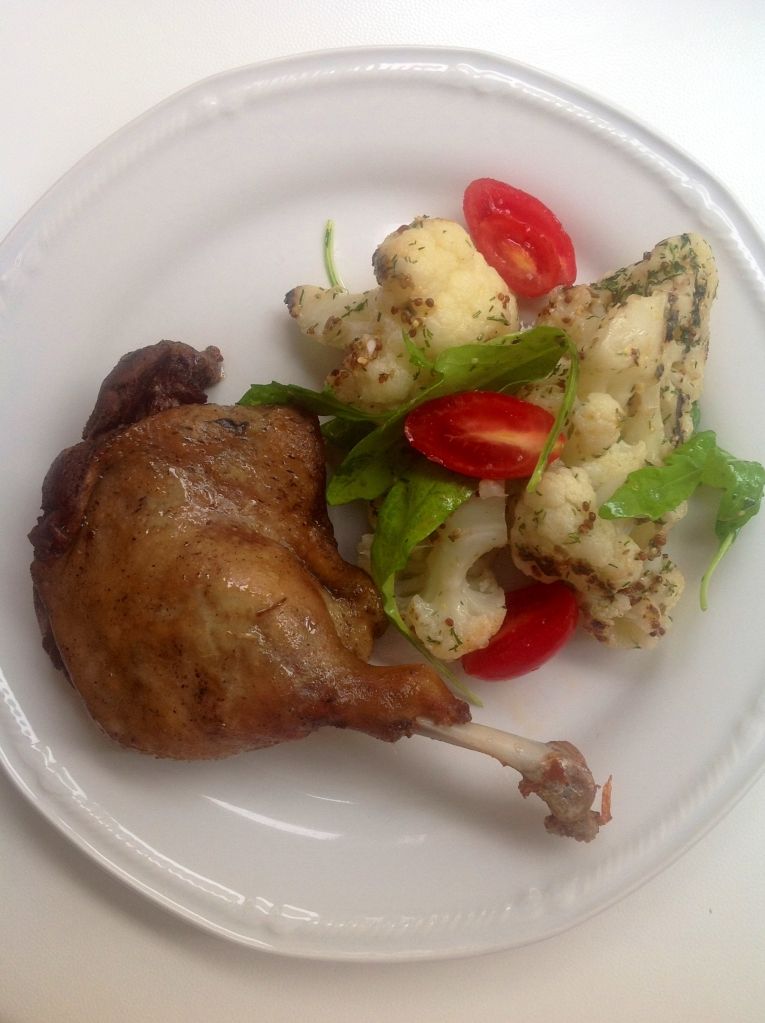You need very very fresh lamb plucks. I order them from my butcher with some notice. I got here the liver, that you can see on top, it's darker in color, the lungs and heart at the bottom. I cannot get for some reason the spleen and the sweetbreads.
Total weight was 1.5 kg, slightly more than 3 pounds, total cost 14 euros.
Everything needs to be washed, dried with paper towels, trimmed and cut in pea size pieces. It's bit of a tedious chore. Keep everything separated because lung, heart and liver have a different cooking time.
I warm up a cast iron skillet on medium-high heat with some tallow (or lard, or lamb fat) and add first the lungs (and some garlic and chili pepper), I stir them around, they are going to get some color. After 5 minutes or so, you are going to hear a whistle, the lung it's very spongy so I just think at this point it has given out the retained water and hence the sound. You can add at intervals the other cuts in this order: sweetbreads, spleen, heart and hold the liver to the very end. After you added the heart but not yet the liver, deglaze with a cup of warm white wine, lower the heat and cover partially. Add some salt. It's going to take more or less 20-30 minutes to cook. It shouldn't be so dry that it sticks to the pan but you don't want soupy meat also.
In another pan add some sliced or chopped onions, like 2 onions, and cooked them slowly with some olive oil untill they go to a beige to amber color, stir frequently, adding some salt and covering helps bringing out their own juices. It's going to take about the same time for the onion to cook than for the meat to be done. At this point, add the liver and the onion to the pan, with the rest of the offals to finish up cooking on high heat. No more than 5 minutes. Stir it around. You don't want your liver to cook much to keep it nice and tender. Adjust seasoning and if you like it you can add a squeeze of lemon, or little vinegar at the end.
You can freeze left overs, defrost in the fridge and quickly steam to reheat.
It's truly delicious!




